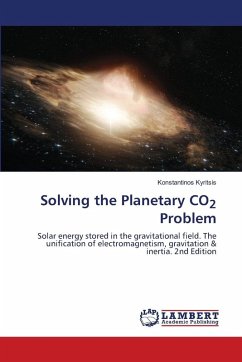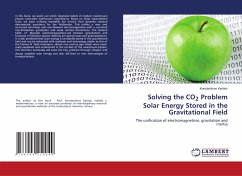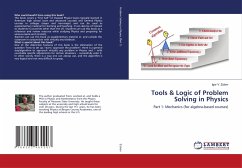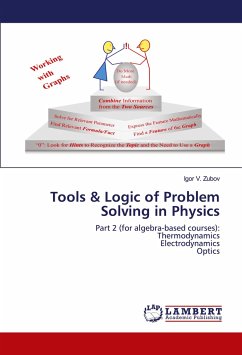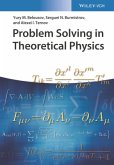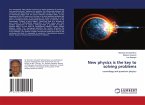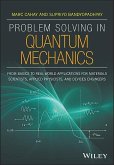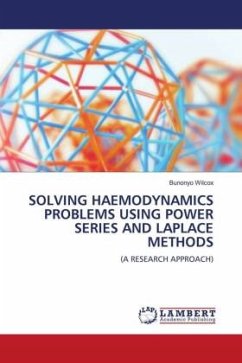In this book, we highlight key dogmatic beliefs in mainstream physics that contradict well-established experimental results. Grounded in these facts, we reveal that a unification will come to electromagnetism, gravitation, and inertia after realizing that they are all phenomena of the same material fluid (not of the molecular matter but of the finer field-matter). This leads to a corrected, nonlinear, non-Maxwellian form of electromagnetism, unified with a non-Einsteinian approach to gravitation and inertia. The classical theories of Maxwell, of Newton, and even of Einstein's special relativity emerge as special cases or approximations after the true Navier-Stokes non-linear equations of the fieldmatter fluid. We also present the prediction that solar energy is continuously stored in the gravitational field and can be harnessed using methods similar to Nikola Tesla's inventions-technologies that remain largely misunderstood in academic physics. This approach opens a path to solving the CO2 problem through access to constant, low-cost solar energy. It also suggests the potential for new electromagnetic propulsion systems, reminiscent of the alleged flying discs.
Bitte wählen Sie Ihr Anliegen aus.
Rechnungen
Retourenschein anfordern
Bestellstatus
Storno

